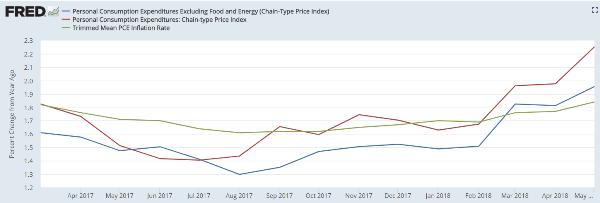The “public pension crisis” is the kind of subject that’s easy to over-analyze, in part because there are so many different examples of bad behavior out there and in part because the aggregate damage these entities will do when they start blowing up is immense.
But most people see pensions as essentially an accounting issue – and therefore boring – so it doesn’t pay to go back to this particular well too often. Still, New York City’s missing $100 billion can’t be ignored:
New York City Owes Over $100 Billion for Retiree Health Care
(Bloomberg) – New York City faces future health costs for its retired workers of $103.2 billion, an increase of $40 billion over a decade. It has about $5 billion set aside to pay the bill.
The so-called “other post-employment benefits” liability was disclosed in New York’s comprehensive annual financial report released by the city comptroller’s office Wednesday. The city’s $98 billion unfunded liability for retiree health care exceeds the city’s $93 billion of bond debt and $48 billion pension-fund shortfall.
“The numbers are huge,” said Maria Doulis, a vice president at the Citizens Budget Commission, a budget watchdog group funded by the business community. “If you’re looking at the big three liabilities, this is the one that’s problematic, because there’s nothing set aside to address this and there’s absolutely no strategy on the part of the city.”
New York, the most populous U.S. city, has almost 300,000 current employees and is responsible for more than 230,000 retirees and their beneficiaries. City employees with 10 years of service qualify for free retiree health care.
The city’s post-employment benefits include health insurance, Medicare Part B reimbursements, and welfare fund contributions. Medicare Part B covers doctors’ services that are received from a federally approved facility or a medical practice. Welfare funds are administered by unions and provide supplemental benefits such as prescription drug, vision and dental coverage.
…click on the above link to read the rest of the article…


















